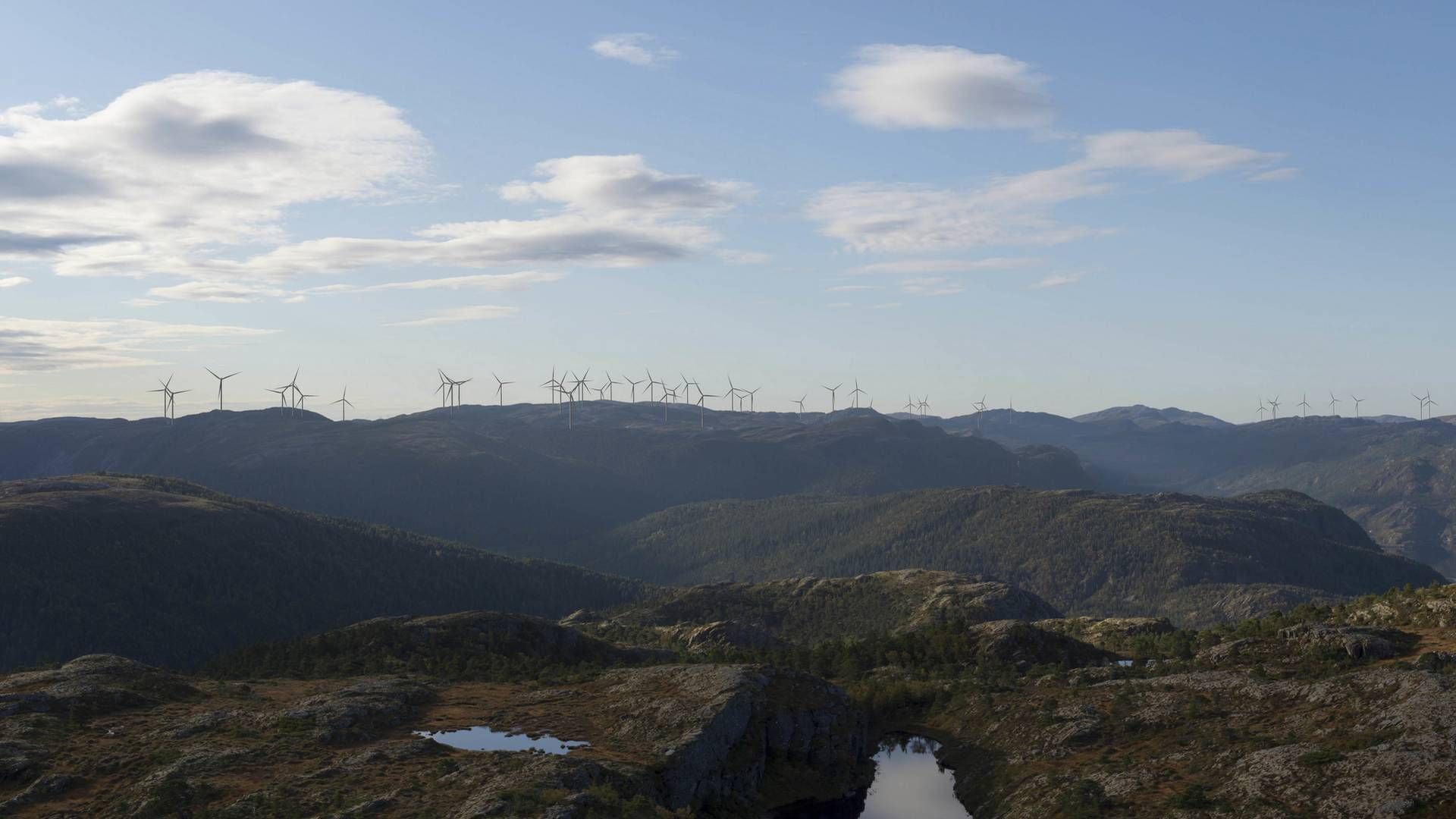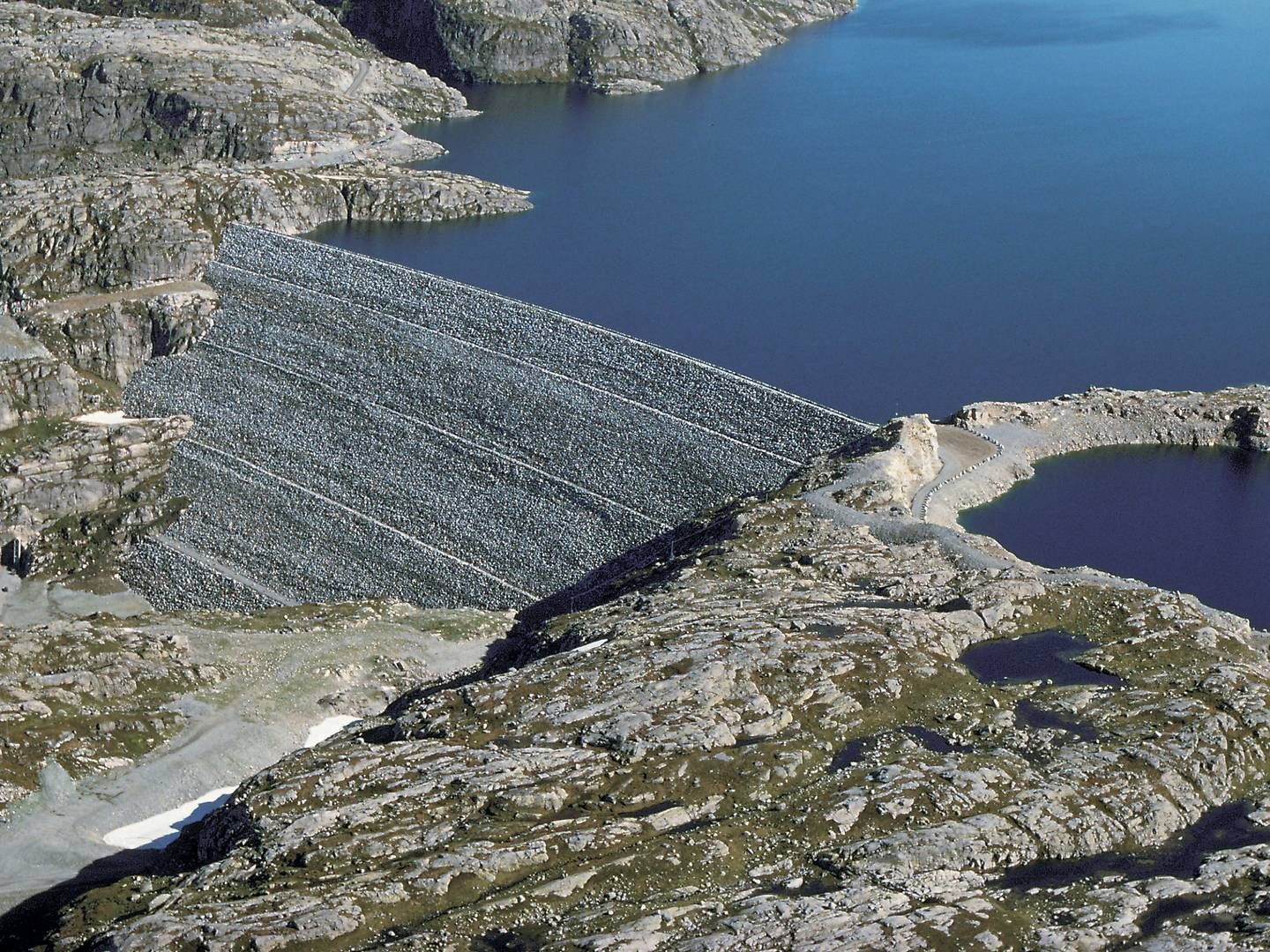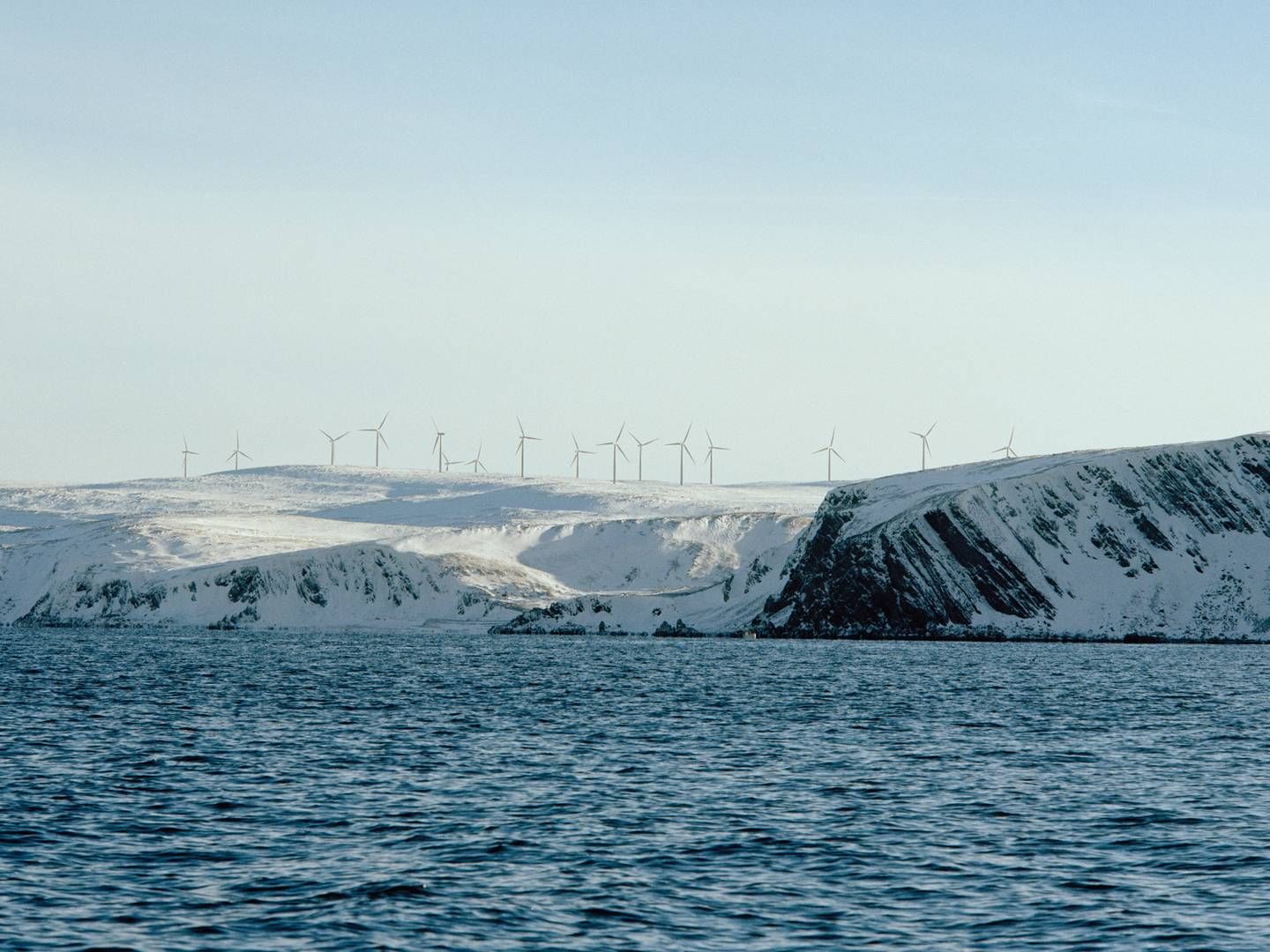Norway hit by ketchup effect, politicians bungled expansion plans

Norway's national framework plan for wind energy expansion has been a limping beast since its inception in April. Shamed and maimed, the plan has scraped through its existence right up until Prime Minister Erna Solberg accepted the consequence and put it out of its misery.
"The protests were so big and manifold that the plan was buried. Very few wept during the funeral service. But not only the plan was buried. We'll talk about what went into the casket with it," said TV host Fredrik Solvang on state broadcaster NRK's show Debatten ("the debate"), presenting a discussion following the plan's cancellation.
Symptomatically of the Norwegian debate, the industry was absent from the framework plan discussion during the show. So when the open question of whether wind energy has a future in Norway needed an answer, one had to look elsewhere.
Thursday, Minister of Petroleum and Energy Kjell-Børge Freiberg heralded a number of restrictions on the area.
Among other things, it's going to be harder to obtain permits for building new projects, and once these are obtained, construction has to happen more quickly than today.
These restrictions, imprecise as they are, are initially supported by the industry. Matilda Afzelius, chief executive of RES Group in the Nordics, which is one of the major players in the Norwegian expansion through subsidiary Nordisk Vindkraft.
"In Norway, there's been a ketchup effect. A lot has happened at once, and the turbines are bigger [than in the Swedish expansion]," she tells Norwegian business media E24, elaborating as to what the industry itself can do:
"Of our own accord, we can improve communications, but we also look forward to seeing how authorities will make sure communications become better. All parties are better served by higher predictability," she says.
More difficult in Norway than in Sweden
According to RES Group, it's also been more difficult to explain the need for wind energy in Norway than, for instance, Sweden, where phasing out nuclear power is creating an urgent need for new energy. The challenge in Norway has been that wind energy expansion is happening to support future electrification.
"This initiative was supposed to dampen any conflicts, and that hasn't been the case, seeing the answers we have received. As such, our current plan is to put away the national framework and say that we won't have any national framework," Prime Minister Erna Solberg told NRK on Thursday.
April's presentation of the plan was large-scale, building upon recommendations from the Norwegian Water Resources and Energy Directorate (NVE), which had nominated 13 regions as ideal for wind energy expansion. As a side note, the regions were not only ideal in a Norwegian context, but they are among the areas with the most favorable wind conditions for wind farms in Europe.
It didn't help. When the plan entered hearing, the directorate received about 5,000 responses ranging from somewhat to predominantly negative. And citizens weren't alone. Of the 56 responses from municipalities, 49 rejected the plan completely, while 3 municipalities were skeptical. Only 4 were positive.
Government bungled the plans
Although it's well-known by now that popular resistance, in the form of sabotage and protests against construction along with highly critical hearing responses, was the firing squad ending the plan's life, there's no doubt that the government is to blame for things getting this far.
Not much time passed between the nomination of the 13 areas to the public consensus becoming that the regions were definitely meant to house expansion. This was never the intention, however. The plan was a framework illuminating possibilities for potential expansion.
However, when Freiberg said in late August that "those who fear the country will be carpet-bombed by wind turbines can once again be considered as having a grounded basis for their concern", it was already too late.
The debate derailed almost immediately, and according to Aftenposten, blame can only fall on one party – Solberg’s government.
"The plan might have had more success if someone had fought for it and spent energy on explaining the advantages of systematic data collection prior to the expansion. No governing politician has done so with convincing sincerity," Aftenposten writes in an editorial unambiguously describing how the government retracted its tentative support at the very moment it became clear that the issue was politically disadvantageous.
Solberg said on Thursday last week that the plan had been set aside due to the major commotion.
Supplemental wind power
NVE estimates that Norway’s electricity consumption will increase from 136 to 159 TWh ahead to 2040. The question is from where this extra power will be sourced.
It is safe to say, though, that if the country wants to avoid wind energy, the added 23 TWh will become a costly affair. According to NVE’s electricity market analysis published Wednesday, a large extension of wind energy would cause power prices to fall 20 percent further than a small expansion.
In other words, wind turbines are quite indispensable for working toward climate change mitigation and electrification of society without incurring excessive costs. The energy minister says, however, that wind energy cannot become the dominant power source up to 2040 – but rather be a supplement.
“We need more energy for our increased consumption in several areas. But we have an energy surplus and will continue to have one for many years to come. Thus, this is about making intelligent decisions that in include consideration for nature. Wind energy could be an alternative,” Freiberg said during Debatten.
English Edit: Jonas Sahl Jørgensen & Daniel Frank Christensen
Norway cancels wind expansion plan after political storm
Climate change has increased hydropower productivity
New analysis says popular resistance could petrify wind expansion
Norway's wind beats hydro on revenue
Huge Norwegian private equity firm plans major RE investment


















.jpg&w=384&q=75)






